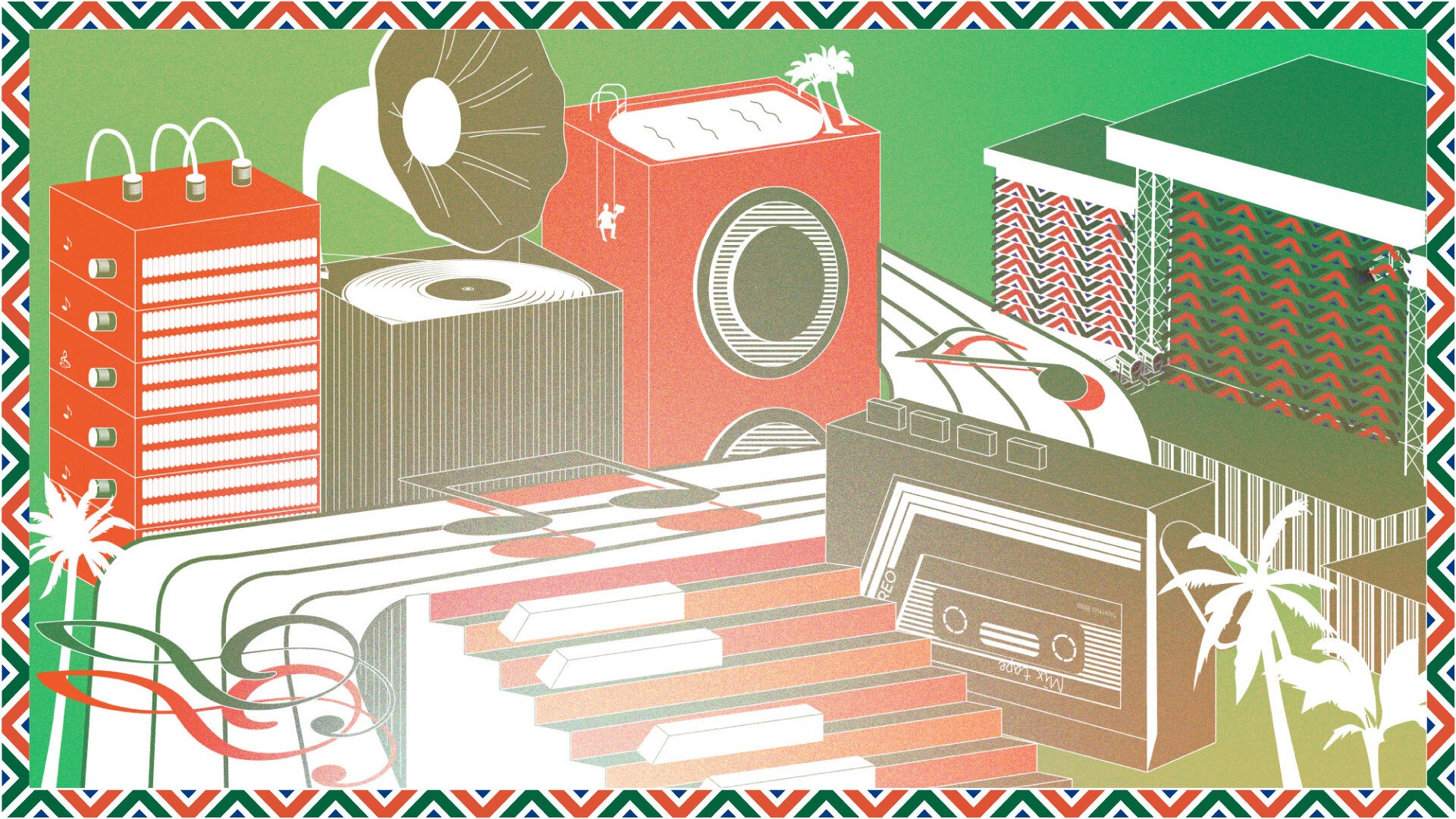Alté, short for “alternative,” is a sub-genre of Afrobeats that emerged in Nigeria in the mid-2010s. The term was initially coined by young Nigerian artist BOJ in his song “Paper”, where he sought to create a distinct identity within the dominant Afrobeats scene (“The ladies like me because I’m an Alté guy”). The genre’s roots are deeply connected to the rise of social media and digital platforms, which empowered these artists to break free from the commercial constraints of mainstream music. Over time, alté has grown from a niche movement to a significant force within Afro music, influencing global sounds, fashion, and culture.
Cultural and musical influences
Alté music draws heavily from a variety of cultural and musical influences. It blends traditional African rhythms with elements from Western genres like R&B, trap, reggae, and electronic music. The genre is also influenced by the eclectic fashion and lifestyle choices of its creators, who often incorporate retro, punk, and bohemian aesthetics. Alté artists express a strong sense of individuality, challenging societal norms and expectations, which is evident in their music, visuals, and overall style.
A unique sound
The sound of alté is characterized by its experimental and introspective nature. Unlike mainstream Afrobeats, which typically revolves around high-energy dance rhythms, alté is more laid-back. The genre often features virtual instruments like synths, drum machines, and soft guitars, creating a fusion of mellow grooves and hypnotic melodies. Effects such as auto-tune and reverb contribute to the dreamy, surreal quality of alté, distinguishing it from the more percussive and upbeat sounds of traditional Afrobeats.
Emotional impact of alté
The primary emotion or vibe associated with alté music is one of introspection and self-expression. It evokes a sense of freedom and nonconformity, resonating with a generation that values authenticity and creativity. The genre’s relaxed tempo and ethereal soundscapes create a mood that is both reflective and liberating, making alté a rebellious soundtrack for self-discovery and personal evolution.
Top alté tracks that define the genre
“Feel Alright” by Show Dem Camp ft. BOJ & Poe (2013)
Released in 2013, “Feel Alright” is one of the early tracks that defined the alté movement. The song blends hip-hop with laid-back, soulful melodies, capturing the essence of Alté with its smooth production, reflective lyrics, and mellow vibe. The track showcases the genre’s departure from mainstream Afrobeats.
“Alte Cruise” by Odunsi (The Engine) ft. Santi & Zamir (2018)
“Alte Cruise” is a defining anthem of the alté genre. Released in 2018, this track by Odunsi (The Engine), featuring Santi and Zamir, is characterized by its experimental beats, genre-blending sound, and smooth playboy lyrics.
“Freaky” by Santi ft. Bridge & Nonso Amadi (2019)
“Freaky” by Santi, featuring Bridge and Nonso Amadi, exemplifies alté’s eclectic sound. Released in 2016, the track merges Afrobeat rhythms with reggae and R&B influences, creating a laid-back beat, dreamy vocals, and youthful energy. This combination made “Freaky” a staple in the alté scene – solidifying Santi’s role as a key pioneer in the genre.
“Damn” by Omah Lay (2020)
“Damn” by Omah Lay, released in 2020, showcases the evolving sound of alté. The song combines mellow Afrobeats rhythms with introspective lyrics and a smooth, minimalist production. Its reflective tone and catchy melody highlight Omah Lay’s ability to blend alté with mainstream appeal.
“4EVER” by Cruel Santino (2021)
“4EVER” by Cruel Santino, released in 2021, is a fresh addition to the genre. The song features a mix of Afrobeat rhythms, moody synths, and atmospheric production, paired with Santino’s distinctive vocal style. Its bouncy, otherworldly vibe and innovative visuals reflect Santino’s role as a pioneer in pushing the boundaries of alté.
“FTR” by Cruel Santino (2023)
“FTR” by Cruel Santino exemplifies the emerging alté-fuji subgenre. The track features Santino’s signature ragga delivery and psychedelic elements blended with a fuji-inspired beat. Assisted by S-Smart, the song incorporates popular folklore lyrics and Tungba-style elements, creating a unique fusion of traditional and contemporary sounds.
Be sure to check out other articles in our series, such as: Evolution of Guaracha: Uniting Cultures through Cuban Rhythms and Evolution of Moombahton.
Written by Tyrus “Sir Louie” Facey
Illustration by Holly Li





















